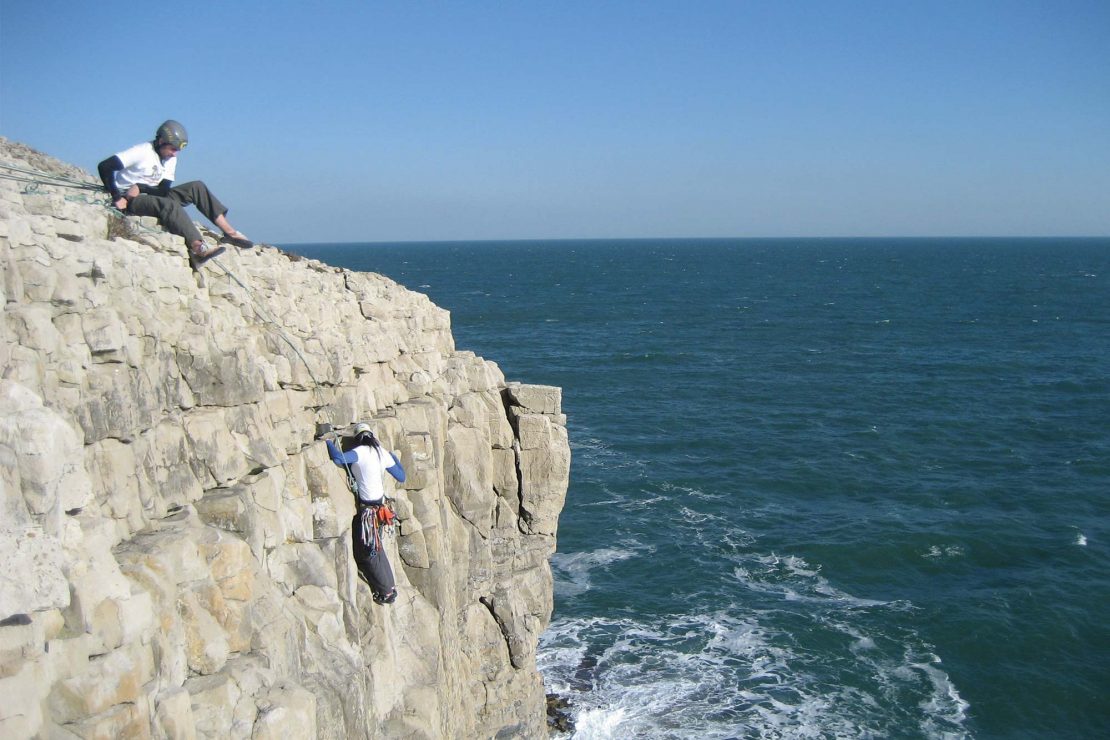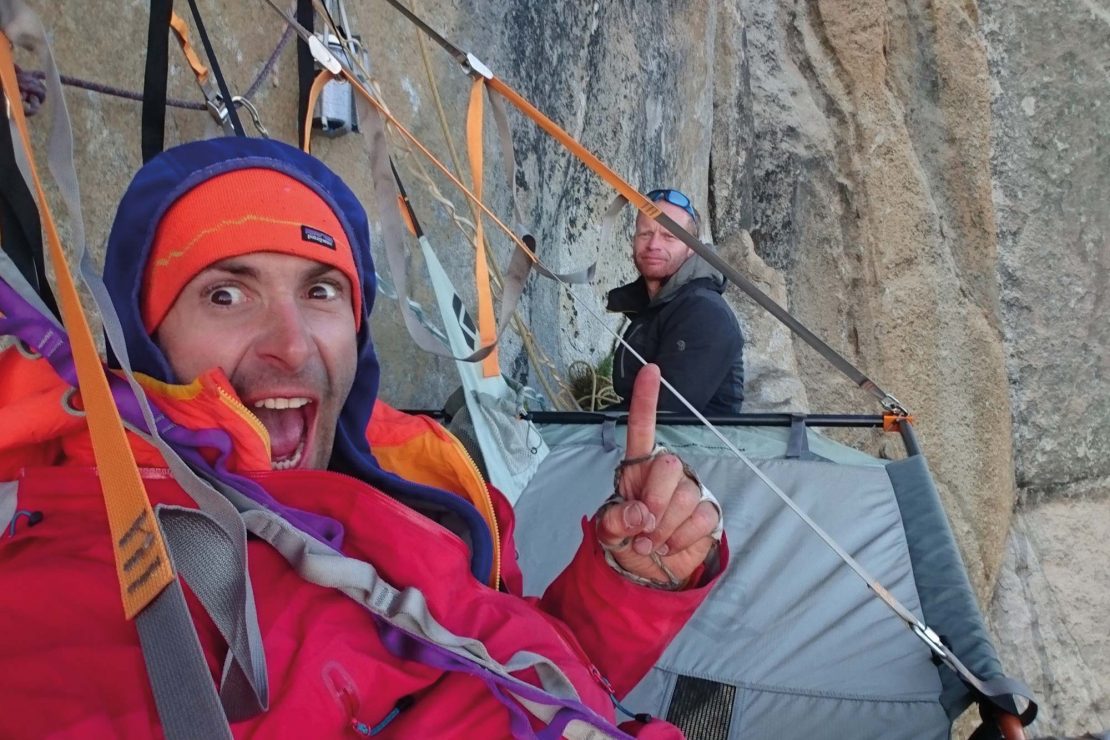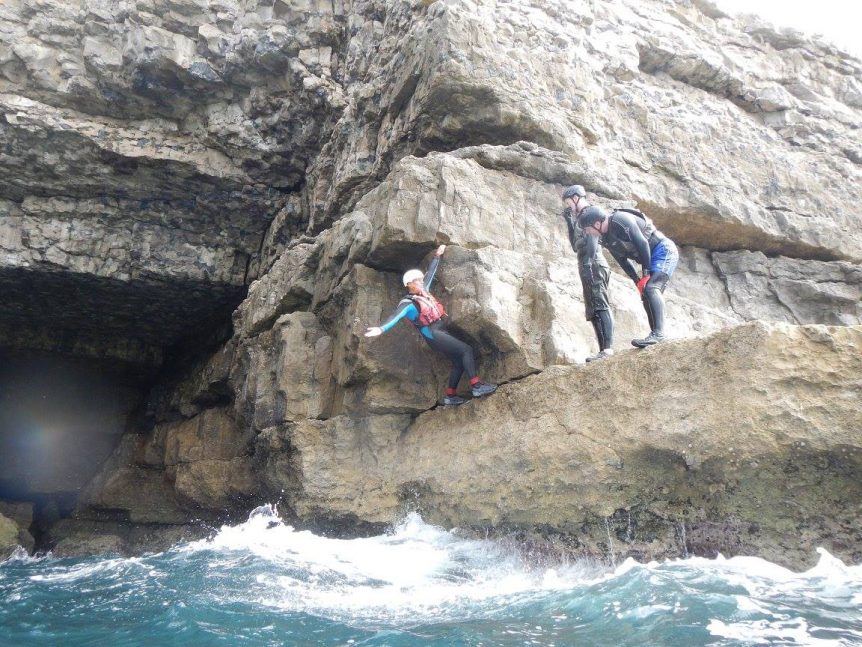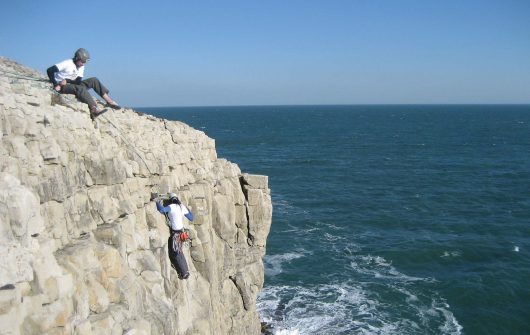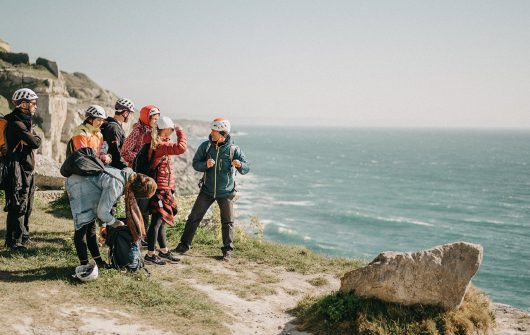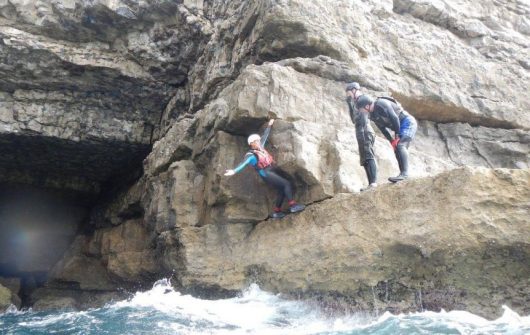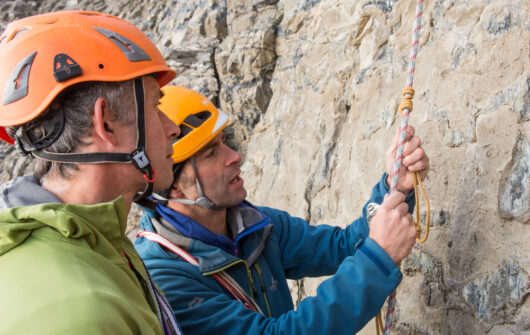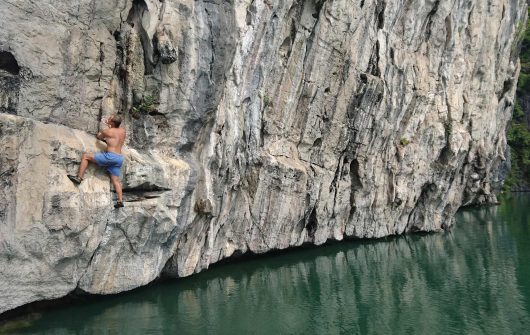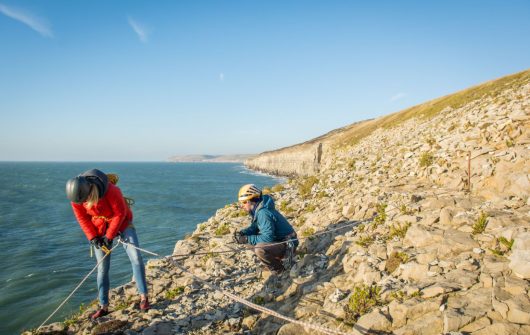🧗♀️🍽️ Score Fueling Your Climbing Adventures: Top UK Foods⛰️
Calling all climbers and foodies! We know that snacks play a vital role in keeping our energy levels high during epic rock climbing sessions. So, let's embrace the quirks and chuckles of British cuisine ...while exploring the top UK foods to take on your climbing escapades! 🍻🥙
1️⃣ Fish and Chips of Endurance: 🐟🍟
What could be more British than devouring crispy fish and chips after a challenging climb? This delightful combo packs a punch, fueling both body and soul. Just make sure to avoid devouring it before you tackle those routes, or you might find yourself looking for extra finger strength to grip that rock!
2️⃣ Scones for Summit Celebrations: ☕🍰
After conquering a thrilling climb, why not reward yourself with a traditional cream tea? Freshly baked scones topped with clotted cream and jam will transport you to a world of pure joy. Warning: indulging in too many might leave you feeling baking-ly awesome but also potentially, well, a tad sluggish for your next climb. Moderation is key!
3️⃣ Banter-Fueled Biscuits: 🍪😂
Ah, the beloved British biscuits! From chocolate digestives to custard creams, these delightful treats are essential for any climbing expedition. They not only add a dash of humor to your adventure but also serve as small, sweet motivators to keep you going. But don't be tempted to attempt belaying with a biscuit in hand - it might crumble under pressure!
Remember, it's all about laughter, fueling your body, and embracing the quirks of British cuisine while scaling those stunning rocks. Just make sure to pack enough water and healthy snacks to complement these tasty treats!
What are your favorite on-the-go UK foods that bring a smile to your face? Share your scrumptious suggestions in the comments below, and let's conquer mountains with our taste buds! 😋💪
#RockClimbingSnacks #QuirkyBritishCuisine #FuelYourAdventure #ClimbingAndChomping #KeepCalmAndClimbOn

